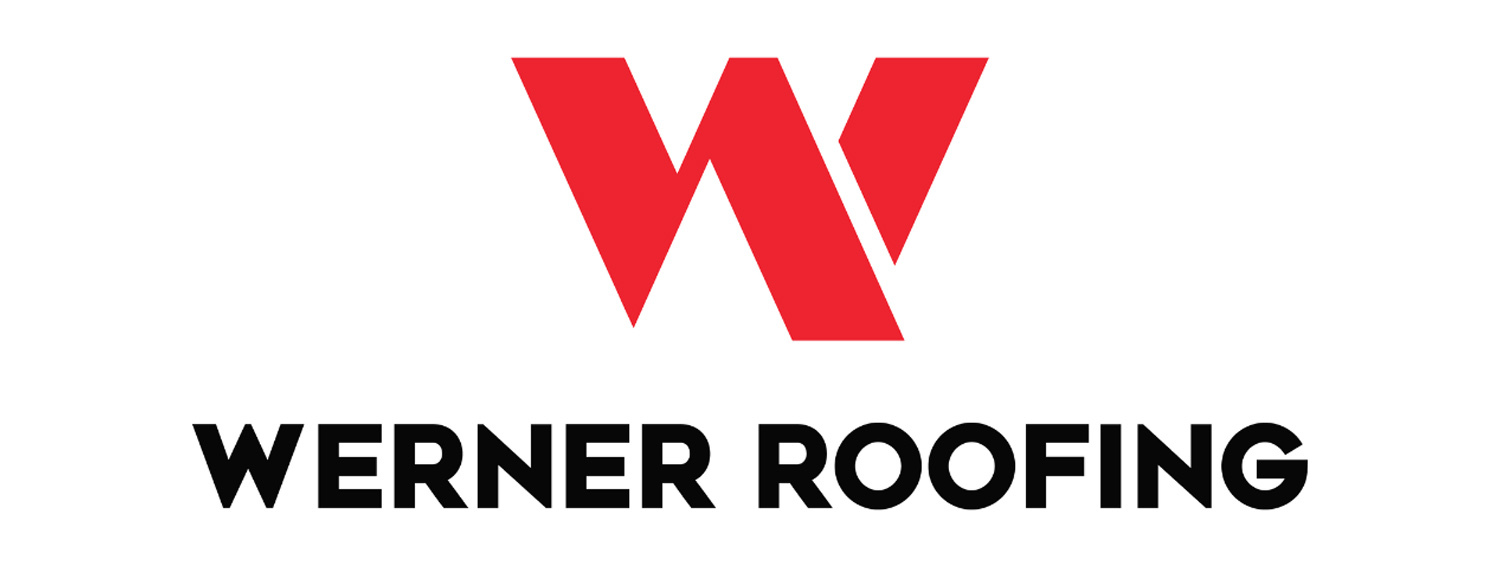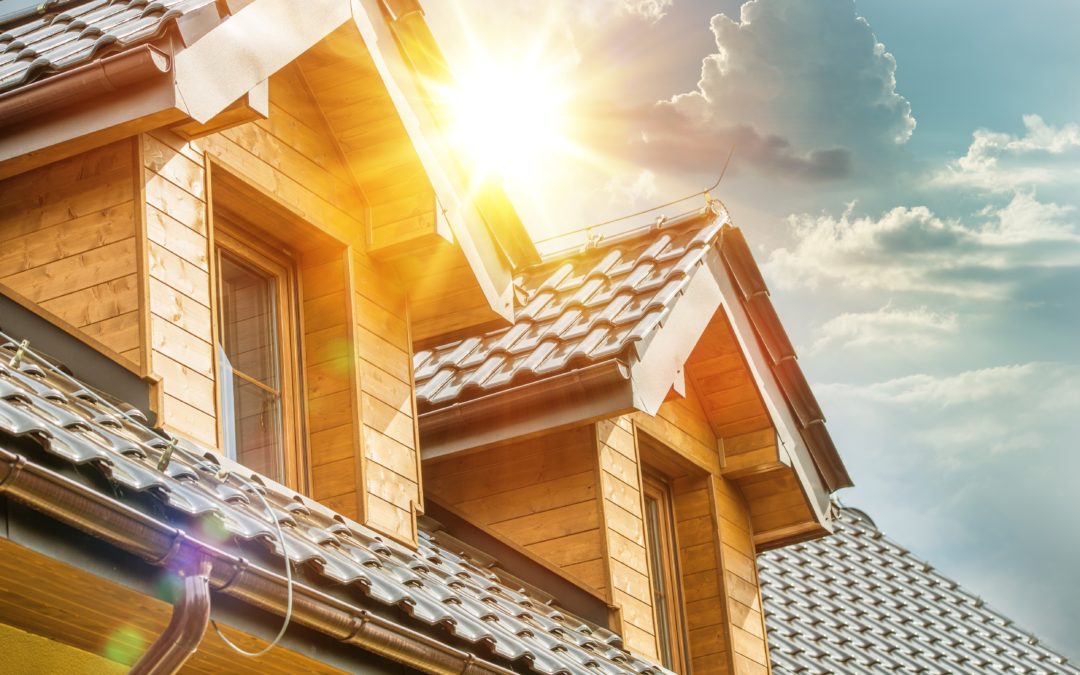After withstanding chilly winters and scorching summers, many West Michigan homeowners want to know how to keep their homes at a comfortable temperature without spending too much on energy bills. What if we told you that your roof actually plays a significant role in that process?
Believe it or not, it’s true. Several roofing factors can change the amount of heat absorbed into your home or reflected off of it. We’ll look at five of the most important factors below and what should be included in a roofing estimate.
5 Factors That Affect Roof Temperature
It might seem impossible to have a house that feels cool and refreshing on a hot August day and warm and cozy during a January snowstorm – but it’s not. With the right roof, you can enjoy comfortable temperatures in your home all year long. Keep reading for five of the most important factors that affect your home’s temperature.
1. The Color of Your Roof
You may be wondering, do black roofs make a house hotter? Yes, in fact, black or dark roofs can affect the temperature of your home. Since dark colors absorb heat, the darker the color of your roof, the more it will warm up your house.
Darker colors absorb more light, trapping more heat in the roof. As a dark roof absorbs heat, the heat flows into your attic and down throughout your home, while lighter color roofs, on the other hand, reflect the heat and cause much of the heat from light rays to bounce off, meaning they hold much less heat than a darker roof.
With all this being said, you might ask yourself, “Then why do I still see so many dark-colored roofs?” The answer relies on practicality. Dark roofs benefit homeowners in many areas of the country, especially in places like Michigan. In cold areas that get a lot of snow, a darker roof will melt the snow before it gets too heavy to damage the roof.
2. The Material of your roof
Your roofing material has an incredible impact on how much heat is absorbed into or reflected off of your home. Roofing material is a major factor that should be included in a roofing estimate. Take asphalt vs. metal roofing materials, for example:
- An asphalt roof reflects an estimated 30% of the light that hits your home, regardless of color.
- A metal roof is highly reflective, meaning that most light rays are reflected away from your home, keeping it at an even temperature year-round.
These are just the top two most common types of roofing materials — but every option, from tile to wood shakes, offers a different rate of light and heat absorption. So, if you have a favorite roofing material you’d like to install in your new home, it’s good first to understand how it will perform. That way, you’ll have a roof style you like and a comfortable living experience.
3. Cool Roof Technology
Another factor to consider when investing in a roof is roofing technology. If you like a particular roofing material’s appearance but aren’t thrilled about its performance and energy efficiency features, we have a solution: cool roofs.
A cool roof is designed to absorb less heat and reflect more sunlight than a standard roof. Some roofing materials come in “cool roof” options; others can be altered with highly reflective paint or coating to absorb less heat. In most cases, a cool roof will stay at least 50°F cooler than a non-cool roof of the same color and construction — allowing you to get the roofing style you want but at a better energy efficiency rate.
Although cool roof technologies cost a bit more upfront, you’ll make that money back in no time with energy savings. These roofs will keep your home nice and cool, even on the hottest days of summer. According to the EPA, a cool roof absorbs and transfers less heat from the sun to the building than a more conventional roof.
4. Roof Insulation
Roof insulation serves as a shield in the battle against extreme temperatures. Maintaining a balanced and comfortable internal climate is critical while ensuring that external weather conditions remain at bay. Quality roof insulation prevents heat from penetrating during scorching summers and acts as a barrier against cold during harsh winters.
The thickness and type of insulation you choose directly impact the effectiveness of temperature regulation. An inadequately insulated roof can accumulate heat or dissipation, leading to uncomfortable indoor environments and increased energy consumption.
The thickness, quality, and installation method of insulation are also pivotal in determining its effectiveness. A well-insulated roof ensures a comfortable indoor environment and significantly contributes to energy efficiency, reducing the strain on heating and cooling systems.
5. Proper Roof Construction & Attic Ventilation
So, what is the most important roofing factor that affects your home’s temperature? The combination of roof construction and attic ventilation.
Any reputable roofing contractor will tell you that proper roof ventilation is the best way to ensure your home stays cool in the summer. Proper roof construction, using the correct slope and materials, will help with ventilation. This primarily means choosing between a pitched roof vs. a flat roof.
If your home is well-built, and your attic has the right amount of insulation and ventilation so that excess heat can escape, then the heat coming in from the roof really shouldn’t significantly impact the temperature of the rest of your home. Proper ventilation should provide cooling properties for your roof’s shingles, while insulation keeps any excess heat from reaching your attic.
INSTALL A HIGH-PERFORMING ROOF WITH WERNER ROOFING
Choosing the right roof for your home is crucial regarding temperature control and regulation. If you’re looking for a local West Michigan roofing company you know you can trust to build a durable, well-performing roof, get in touch with our experts at Werner Roofing.
We’ve been in the business for decades and would be happy to install your new roof — no matter your style, performance, or cost preferences. Whether building a new roof or updating an old one, Werner Roofing has you covered.


